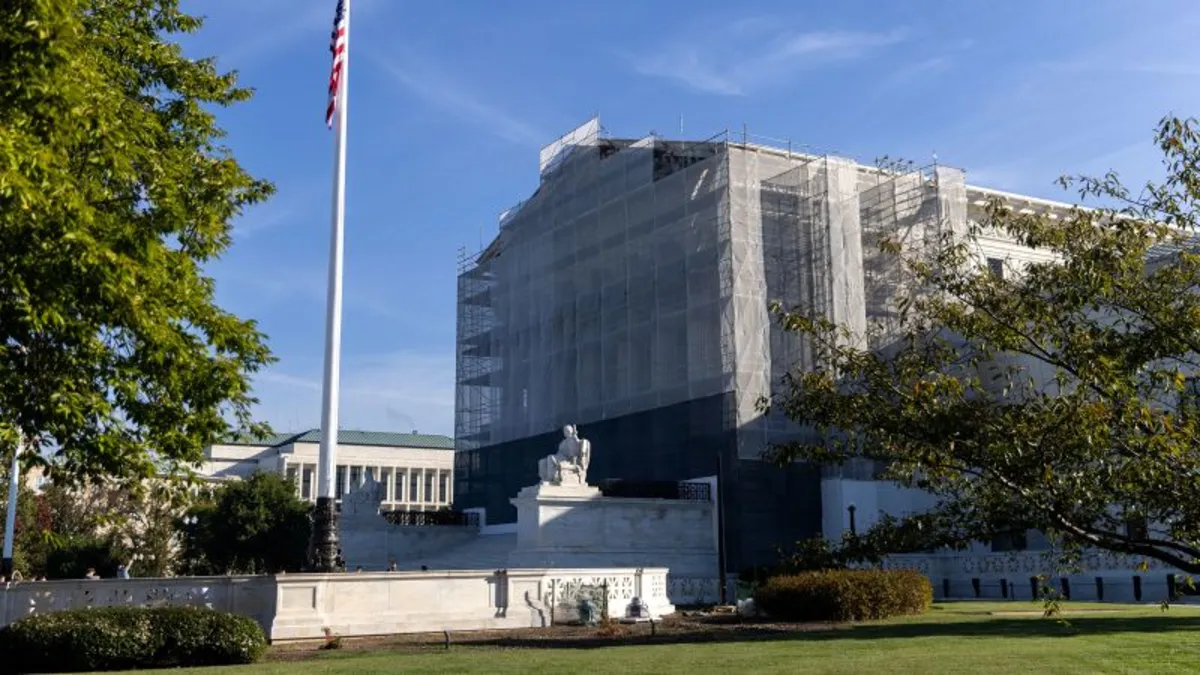
On Friday, President Donald Trump took a significant step by urging the Supreme Court to grant him authority to deploy the National Guard in Chicago. This appeal marks a pivotal moment in the ongoing legal battle concerning his ability to utilize military troops on American soil. As the administration seeks to mobilize the National Guard across various U.S. cities, this case will set the stage for a crucial examination of presidential powers.
The emergency appeal comes in the wake of multiple decisions from lower federal courts that have temporarily halted the administration's efforts. These lower courts ruled that Trump had significantly overstated the necessity of deploying the National Guard. Specifically, on Thursday, the 7th U.S. Circuit Court of Appeals upheld an order that blocks this initiative, prompting Trump to escalate the matter to the Supreme Court.
In the appeal, the Trump administration contends that the lower court's ruling “improperly impinges on the president’s authority and needlessly endangers federal personnel and property.” This ongoing litigation raises important questions about the scope of presidential power, particularly in relation to national security and emergency declarations.
The administration is seeking an expedited ruling from the Supreme Court that would permit the deployment of the National Guard while the case is under consideration. Trump’s legal team argues that the lower court's prohibition represents an unwarranted encroachment on the president’s authority to control federalized guard members. They assert that judicial intervention places the judiciary in the “untenable position of controlling the military chain of command,” thus undermining the president's role as commander-in-chief.
In a dramatic appeal, the Trump administration characterized the situation in Chicago as dire, stating that federal officials “have been threatened and assaulted, attacked in a harrowing pre-planned ambush involving many assailants.” Solicitor General D. John Sauer emphasized that federal agents are compelled to divert their resources from law enforcement to protective measures in response to these threats.
This portrayal of events sharply contrasts with the assessment provided by U.S. District Court Judge April Perry, a Biden appointee, who described a “troubling trend” of equating protests with riots. She highlighted the need for acknowledging the spectrum of citizen actions that range from peaceful observation to violent confrontation.
To bolster its argument, the Department of Justice has leaned heavily on a Supreme Court ruling from 1827, Martin v. Mott. This case involved a member of the New York militia who defied President James Madison's mobilization order during the War of 1812. The Supreme Court concluded that the authority to determine the necessity of military deployment lies exclusively with the president.
In the current appeal, Sauer posited that this historical decision “squarely controls” Trump’s efforts to deploy the National Guard. The administration asserts that federal courts lack the authority to review the president's decisions regarding such deployments.
However, states opposing these deployments have dismissed the administration's claims, arguing that protests against ICE agents do not equate to a foreign invasion. They reference the 1932 case Sterling v. Constantin, where the Supreme Court permitted judicial review of a Texas governor's decision to deploy the National Guard to regulate oil production, ruling that courts could intervene when decisions fall outside the “range of honest judgment.”
The timeline for the Supreme Court's response remains uncertain, but the court has asked state and local officials to provide a reply by Monday evening, indicating a more urgent review process than usual. With a conservative majority of 6-3, the Supreme Court has frequently sided with Trump in emergency cases since he regained power in January.
This ongoing legal battle will not only shape the future of military deployments in the U.S. but also set important precedents regarding the balance of power between the presidency and the judiciary in matters of national security.